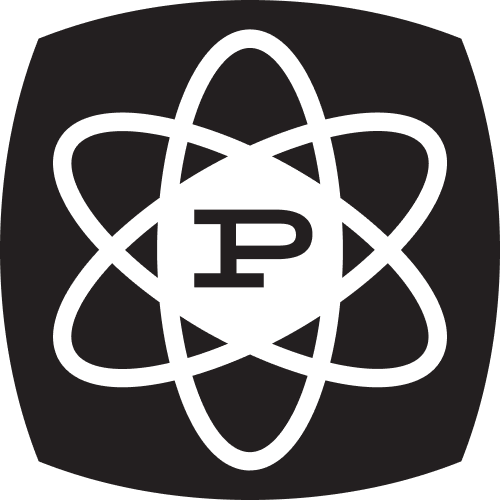DEPT. OF ARCHIVES
Origin
The Institute of Possibility was conceptualized as a safe space for ideas to come alive — an innovative place to bring together people and a practice of curiosity, amidst a community of learners.
The hypothesis is rather simple —
In one way or another, we’re all entrepreneurs.
The basic tenets are as follows:
ideas and people are important;
if we create an environment designed to support curiosity and experimentation, ideas can be actively fostered and explored;
if we design a set of inspirational resources with accompanying best practices, these ideas can be nurtured and actualized;
the power of story, especially when accompanied by community, should never be underestimated.
It is perfectly within the realm of possibility to inspire the curious to overcome the impossible.
Curiouser and Curiouser.
Hugh Weber, at the inaugural Bubble Parade, in Sioux Falls, South Dakota.
An old friend had a remarkably novel idea. Actually, it was posed as more of a question:
How can we live a creative life?
Hugh Weber, a designer, storyteller, community advocate, and champion of the curious, sketched his answer in a notebook with these decisive strokes:
A creative life - especially one focused on community - requires connection: to places, to ideas, to other creatives, to a community of support.
He spent his life’s work in these intersections - trying to foster connections between people, across geography, and always in the spirit of creativity, curiosity and community.
He loved alliterations. For him, they were infectious. It’s exactly where things would pick up speed and start to collide.
Hugh researched the Institute of Advanced Studies as an aspirational model — a place to gather ideas and people, to inspire and be inspired.
In Usefulness of Useless Knowledge, the founder, Abraham Flexner writes:
“Institutions of learning should be devoted to the cultivation of curiosity and the less they are deflected by considerations of immediacy of application, the more likely they are to contribute not only to human welfare but to the equally important satisfaction of intellectual interest which may indeed be said to have become the rule passion of intellectual life in modern times.”
At the time, it was a quote Hugh utilized often in conversation.
While he actively subscribed to the idea that institutions should be designed to cultivate curiosity, and he never wavered from his dedication to the long view, he discovered the most value in everyday conversations, in the ordinary.
He started to imagine how to build this type of network —
Everyone suddenly became an interlocutor on a journey to connect, and, in his mind, even the small things had the capability to be extraordinary.
Maybe it was his Midwest upbringing, or perhaps it was his ceaseless imagination to amplify creativity wherever he noticed it underrepresented.
On this path, he recognized the fragility of ideas. He understood that they deserved to be met with wonder and delight. You might only get one chance.
He also realized the power of action: of putting ideas into motion.
He was extremely fond of President Kennedy’s speech: “We choose to go the Moon”. Hugh wrote a lovely piece dedicated to this ethos, which opens with these words,
There’s an apocryphal story about President Kennedy visiting Houston in 1962 that has always sparked my imagination. Kennedy is visiting the city to tour the NASA facilities when he meets a janitor in the halls. “What do you do here at NASA,” Kennedy asks. The janitor earnestly replies, “I’m putting a man on the moon.
“To inspire that level of clarity and purpose”, Hugh would say. “Can you imagine?"
Our first personal exchange revolved around this precise notion — how can you keep this sense of possibility alive throughout life?
“Teach possibility”, we’d recite, emphasizing Bruce Sterling.
Imagine telling a child today that going to the moon was impossible. Now, extend that thought, and imagine telling a child today that anything was possible. What if curiosity could be freely supported? If education truly meant following your interests, exploring, discovering sharing?
These were the types of conversations that comprised our friendship.
Hugh always smiled with the warmth of Mr. Roger’s and inspired us to believe in ourselves. He implored us to gather, to spend more time listening, and to follow our curiosity. He imagined a place where curiosity could be cultivated, and the ordinary turned into the extraordinary. He imagined a place where seriousness could be met with playfulness.
Ah, to be truly playful, what a grand adventure.
Hugh started to envision the outlines of this project as, “The Institute of Possibility”. And, he teamed up with the great American designer, Aaron Draplin, to design the identity. What a dynamic duo.
In one way or another, we all share in the spirit of the entrepreneur. We appreciate it when we see it, identify with it at some level, and we need to actively learn to integrate it more fully into our lives.
How to build an extraordinary network of the ordinary — to cultivate curiosity for everyone — like a friendship inspired by the idea that anything is possible.

